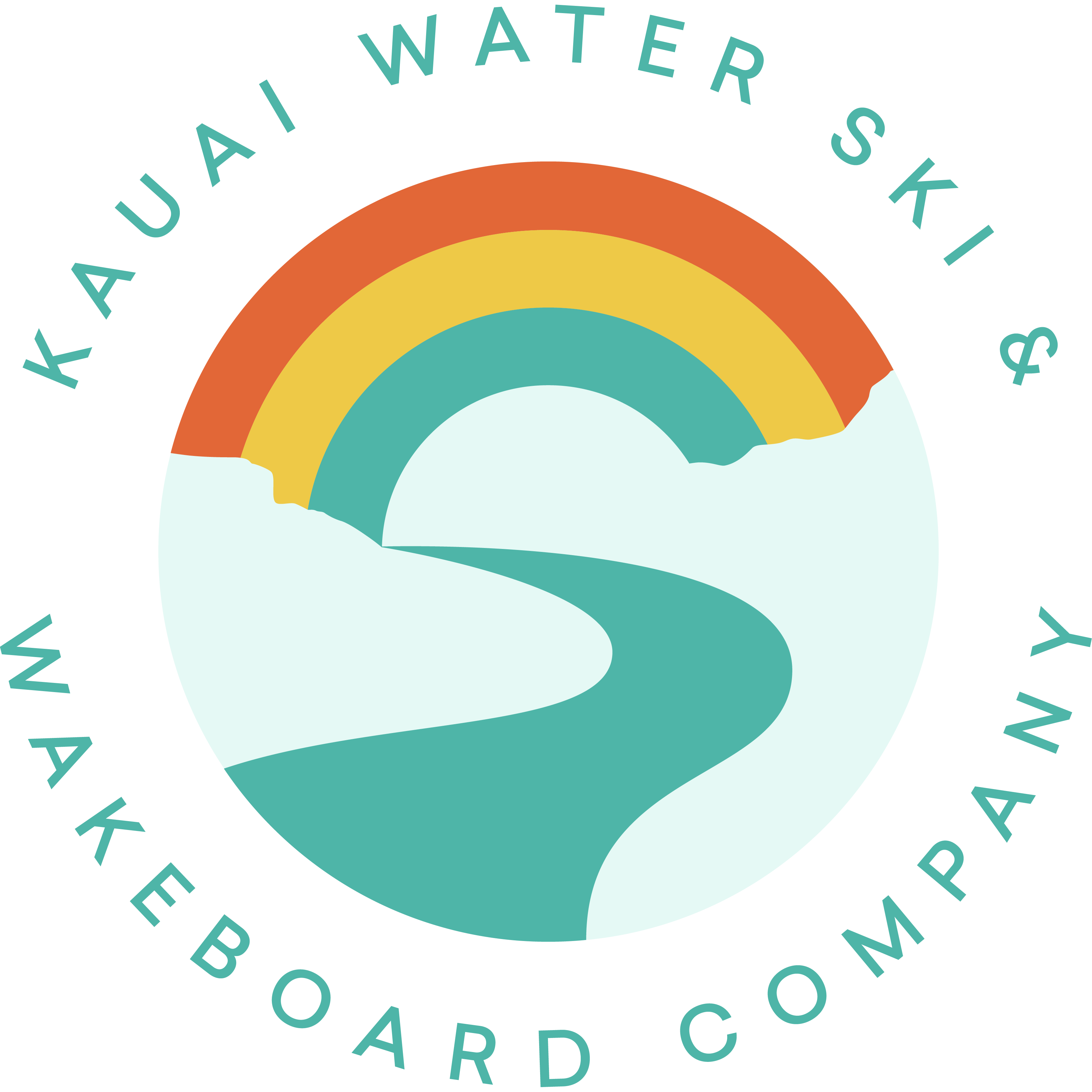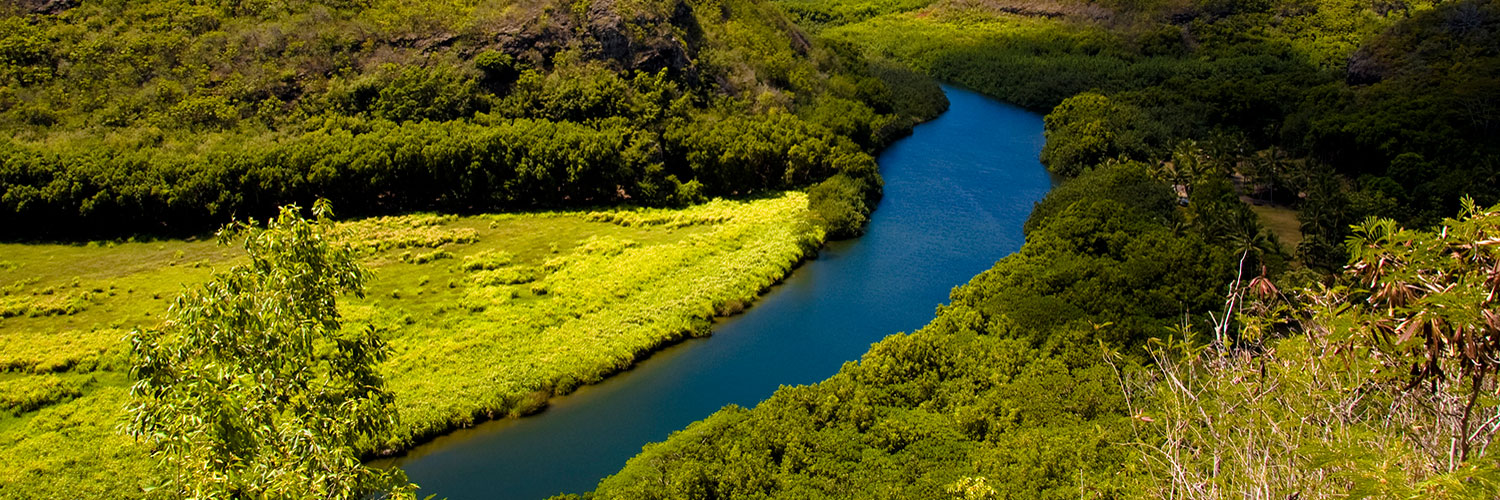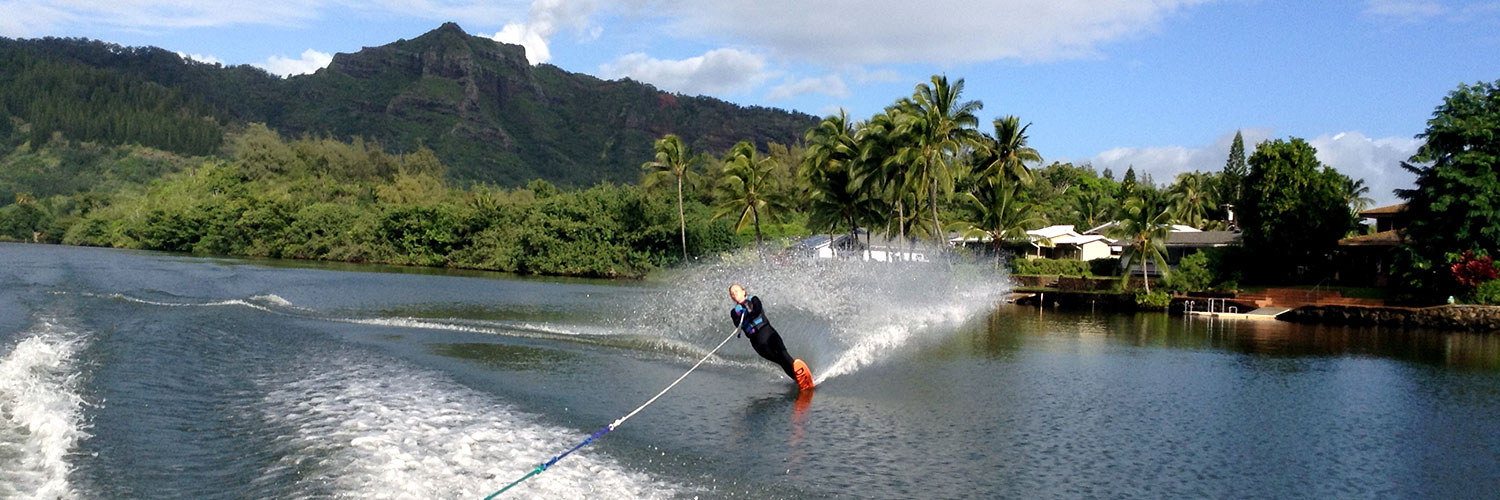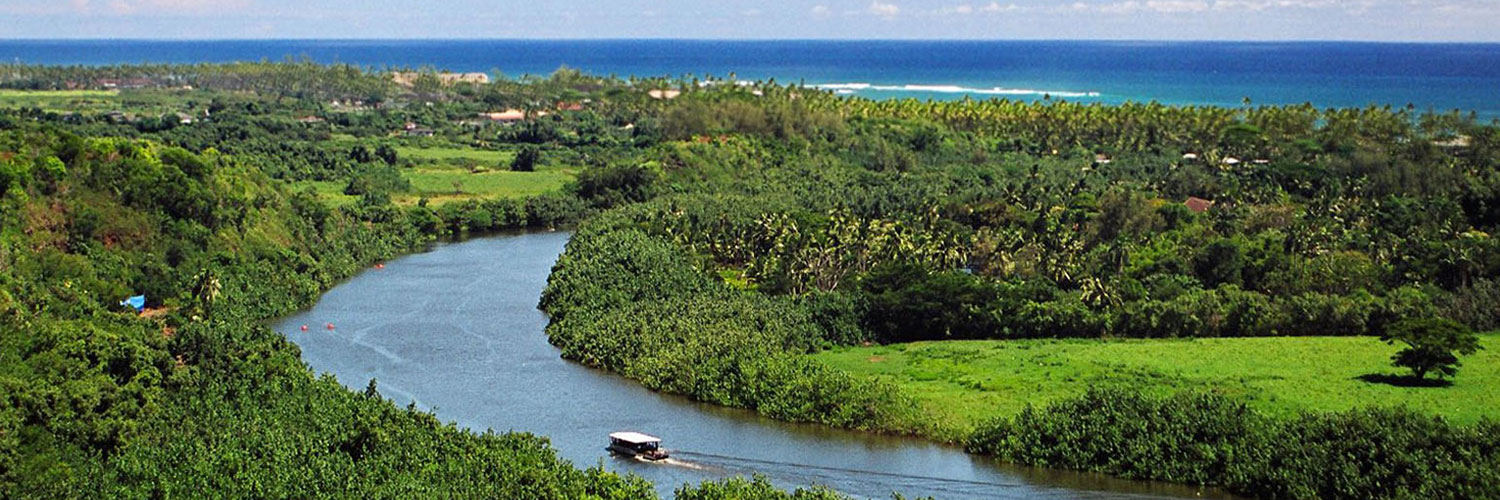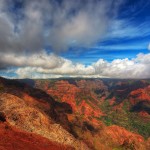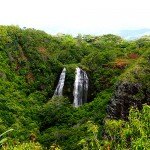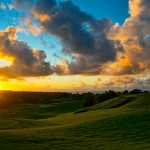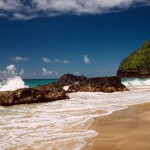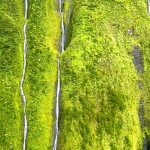Kauai Water Ski Co offers a waterski, wakeboard, kneeboard, tubing and/or hydrofoil service on the Wailua River in Kauai, Hawaii. This service includes a Malibu boat with an experienced driver/instructor and a large selection of current equipment (Radar, HO, Ronix, Hyperlite, Liquid Force) and includes gloves, vests, etc. The rate for this service is charged by the amount of time on the boat, not per person. We recommend that you schedule at least 15 minutes per person for experienced riders. More time is needed for beginners, and as such, we have a minimum of 30 minutes for each beginning skier.
From Wikipedia, the free encyclopedia
Kauaʻi
Nickname: The Garden Isle
Kauaʻi or Kauai is geologically the oldest of the main Hawaiian Islands. With an area of 562.3 square miles (1,456.4 km2), it is the fourth largest of the main islands in the Hawaiian archipelago, and the 21st largest island in the United States. Known also as the “Garden Isle”, Kauaʻi lies 105 miles (169 km) across the Kauaʻi Channel, northwest of Oʻahu. This island is the site of Waimea Canyon State Park.
Kauaʻi’s origins are volcanic, the island having been formed by the passage of the Pacific plate over the Hawaii hotspot. At approximately six million years old, it is the oldest of the main islands. The highest peak on this mountainous island is Kawaikini at 5,243 feet (1,598 m).
The second highest peak is Mount Waiʻaleʻale near the center of the island, 5,148 feet (1,569 m) above sea level. One of the wettest spots on earth, with an annual average rainfall of 460 inches or 1170 cm, is located on the east side of Mount Waiʻaleʻale. The high annual rainfall has eroded deep valleys in the central mountains, carving out canyons with many scenic waterfalls. On the west side of the island, Waimea town is located at the mouth of the Waimea River, whose flow formed Waimea Canyon, one of the world’s most scenic canyons, and which is part of Waimea Canyon State Park. At 3,000 feet (914 m) deep, Waimea Canyon is often referred to as “The Grand Canyon of the Pacific”. Kokeo Point lies on the south side of the island. The Na Pali Coast is a center for recreation in a wild setting, including kayaking past the beaches, or hiking on the trail along the coastal cliffs. There is another headland, Kuahonu Point, on the south-east of the island.
In 1778, Captain James Cook arrived at Waimea Bay, the first European known to have reached the Hawaiian islands, which he named after his patron the Earl of Sandwich.
During the reign of King Kamehameha, the islands of Kauaʻi and Niʻihau were the last Hawaiian Islands to join his Kingdom of Hawaiʻi. Their ruler, Kaumualiʻi, resisted Kamehameha for years. King Kamehameha twice prepared a huge armada of ships and canoes to take the islands by force, and twice failed; once due to a storm, and once due to an epidemic. In the face of the threat of a further invasion, however, Kaumualiʻi decided to join the kingdom without bloodshed, and became Kamehameha’s vassal in 1810, ceding the island to the Kingdom of Hawaiʻi upon his death in 1824.
In 1815-17, Kaumualiʻi led secret negotiations with representatives of the Russian-American Company in an attempt to gain Russia’s military support against Kamehameha; however, the negotiations folded and the Russians were forced to abandon all of their presence in Kauaʻi, including Fort Elizabeth, after it was revealed that they did not have the support of Tsar Alexander I. [read more]
- The Hawaiian Islands
- Waimea Canyon
- Opaeka’a Falls
- Sunset over south shore
- Hanakapia’i Beach
- Mt. Wai’ale’ale Wall of Tears showing four waterfalls side by side going down a mountain covered with bright green foliage
- Kalalau Valley
- Hanalei Pier

